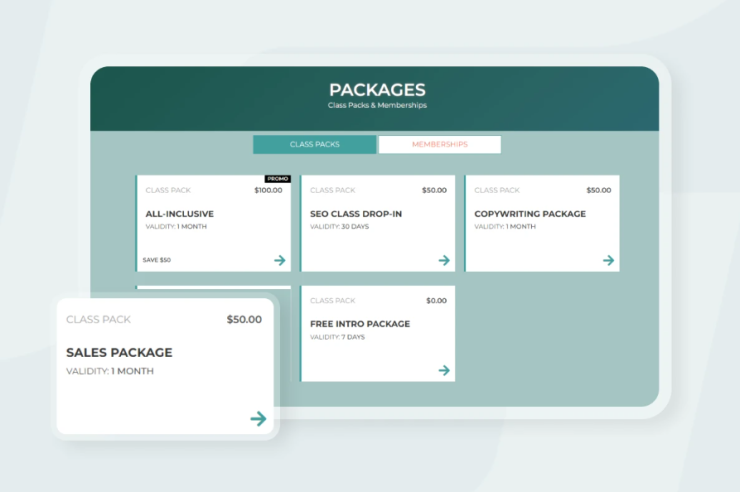Amazon FBA, short for Fulfillment by Amazon, is a powerful service provided by Amazon that allows sellers to store their products in Amazon’s fulfillment centers. Once an item is sold, Amazon takes care of the picking, packing, shipping, and even customer service. This model has opened the door for thousands of entrepreneurs and businesses to scale their online operations efficiently without having to worry about the logistics.
Understanding how Amazon FBA works is vital for any online seller who wants to leverage the massive infrastructure that Amazon offers. Here’s a breakdown of how the entire FBA process operates from start to finish:
1. Setting Up an Amazon Seller Account
The first step in the journey to selling through Amazon FBA is creating a seller account. Users must choose between an Individual or Professional account. The former is ideal for those just starting, while the latter offers advanced tools and is better for high-volume sellers.
2. Preparing Products for Amazon
Once an account is created, sellers can choose which products to list. They are responsible for procuring or manufacturing the goods. After listing the products on Amazon, they are required to label and prepare them according to Amazon’s strict packaging guidelines.
[ai-img]amazon warehouse, packages, logistics[/ai-img]
Sellers send their inventory to one or more of Amazon’s fulfillment centers. Amazon scans and stores these products safely until they are ordered by a customer.
3. Customers Purchase Products
Once the items are live on Amazon, shoppers can purchase them just like any other product on the site. The primary advantage FBA sellers have is the Prime badge, which often results in better visibility and boosted sales due to faster shipping options.
4. Amazon Handles Fulfillment
After a customer places an order, Amazon takes over the operational duties. This includes:
- Picking the product from the warehouse shelves
- Packing the item securely using Amazon’s packaging materials
- Shipping the order using Amazon delivery services or partnered couriers
Amazon also takes care of customer support issues, returns, and inquiries, freeing up the seller’s time to focus more on marketing and growing their business.
5. Receiving Payments
Sellers receive deposits into their accounts every two weeks (or longer depending on account status). The amount is the total of product sales minus Amazon’s fees. These include storage fees, fulfillment fees, and referral fees.
[ai-img]seller dashboard, amazon seller central, analytics[/ai-img]
Advantages of Using Amazon FBA
- Scalability: Sellers can focus on growing their business while Amazon handles inventory and logistics.
- Prime Eligibility: FBA products are automatically eligible for Amazon Prime, increasing the chances of making a sale.
- Customer Trust: Buyers often feel more secure purchasing from Amazon rather than third-party stores.
- Returns Management: Amazon handles most returns, which can streamline customer service efforts.
Things to Consider
While Amazon FBA offers numerous benefits, it is not without its drawbacks. The fees involved can eat into profits if not carefully managed, and storage costs can rise for slow-moving inventory. Sellers also have less control over their brand packaging and customer communication.
Frequently Asked Questions (FAQ)
- Q: How much does Amazon FBA cost?
- A: Amazon charges several FBA fees, including a fulfillment fee per unit and storage fees based on the space your inventory occupies.
- Q: Can anyone use Amazon FBA?
- A: Yes, both individuals and companies can use Amazon FBA by registering for an Amazon seller account.
- Q: How do returns work through Amazon FBA?
- A: Amazon handles the entire return process, including receiving, inspecting, and restocking returned items if they’re in sellable condition.
- Q: Do I need to have my product labeled?
- A: Yes, depending on the product category, labeling may be required. However, Amazon also offers a labeling service for a fee.
- Q: What types of products are best for FBA?
- A: Lightweight and high-demand products with healthy profit margins typically perform the best under the Amazon FBA model.
In conclusion, Amazon FBA offers a seamless, efficient pathway for eCommerce sellers to reach millions of customers while outsourcing the complexities of order fulfillment. With the right product and smart inventory management, the FBA model can be a game-changer for online business success.



